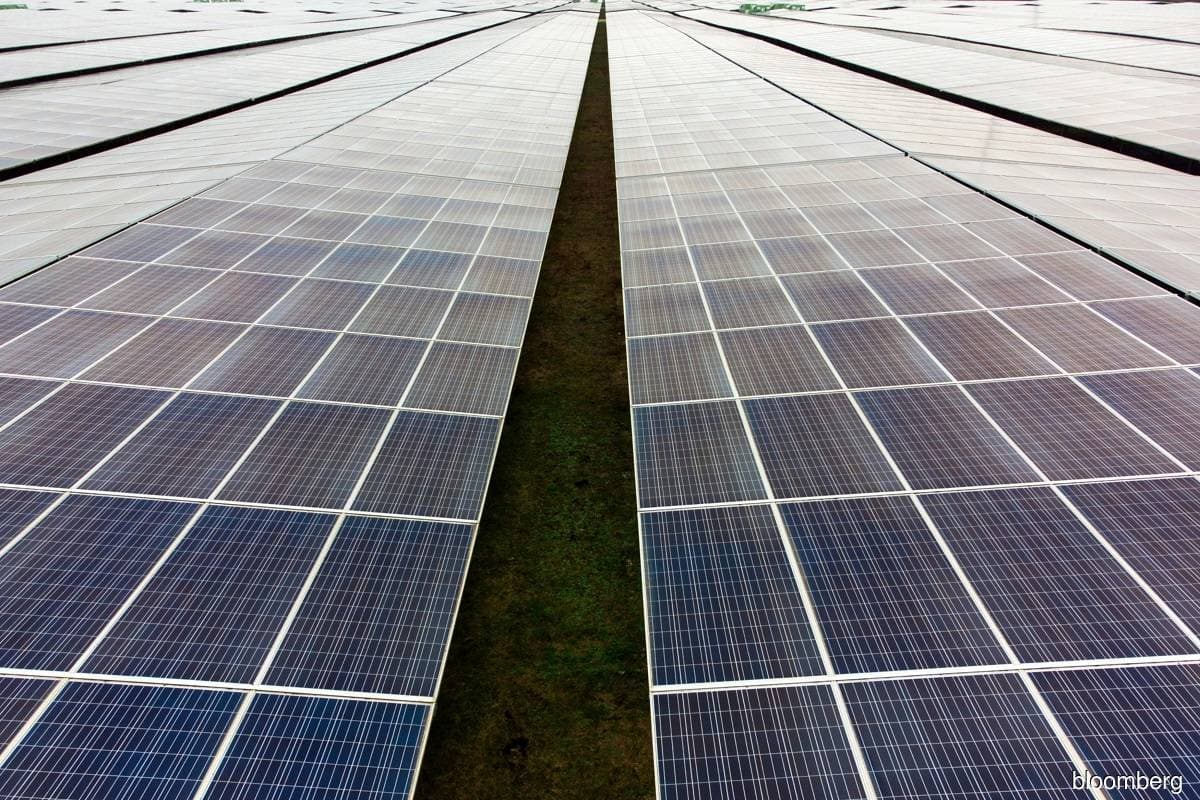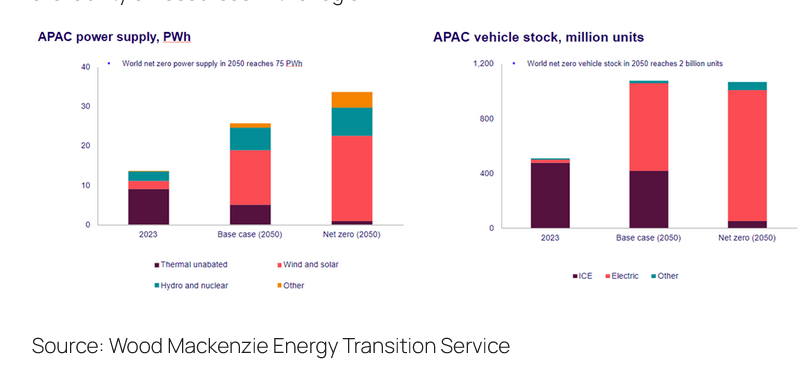
KUALA LUMPUR (Feb 22): The Asia-Pacific region is expected to maintain a 50% share of global primary energy demand and a 60% share of global carbon emissions until 2050, according to energy research consultancy Wood Mackenzie (WoodMac).
In a statement on Wednesday, the firm said this trend is unlikely to change without strong policy action and investment.
In its Asia-Pacific Energy Transition Outlook (ETO) report, the firm said the region still has the potential to turn these challenges into opportunities and become a global leader in the energy transition.
This report is part of WoodMac’s ETO research series, which analyses three different pathways for the energy and natural resources sector.
WoodMac vice-president for scenarios and technologies research Prakash Sharma said every country in the Asia-Pacific region is vastly different in terms of population growth, economic development, policy landscape, what natural resources they have and, more importantly, what they don’t have will determine how they transition to a low-emissions pathway.
According to WoodMac’s base-case scenario, the Asia-Pacific electric vehicle (EV) stock is projected to rise from 24 million cars today to a staggering 635 million units by 2050.
Furthermore, it said an additional 30% growth in EV stock is expected in the pledges scenario, while the net zero scenario anticipates a remarkable 60% increase.
It said this exponential growth would be driven by the affordability of EVs and the availability of resources in the region.
In WoodMac’s base case, low-carbon supply accounts for 35% of power generation today, and it’s projected to rise to 75% by 2050, while the share of wind and solar increases to over 54%.
It said China is set to achieve a cumulative solar and wind capacity of 2,000 GW by 2030, exceeding its target.
WoodMac said by 2050, Australia is poised to lead the Asia-Pacific region in renewable power generation, with a share of more than 80% in the base case and the scenarios.
This rapid growth in variable renewables is accompanied by adopting energy storage, hydrogen, small modular nuclear reactors, and geothermal technologies.
By 2050, nearly 50% of the world's new technology opportunities for low-carbon emissions will be in the Asia-Pacific.

